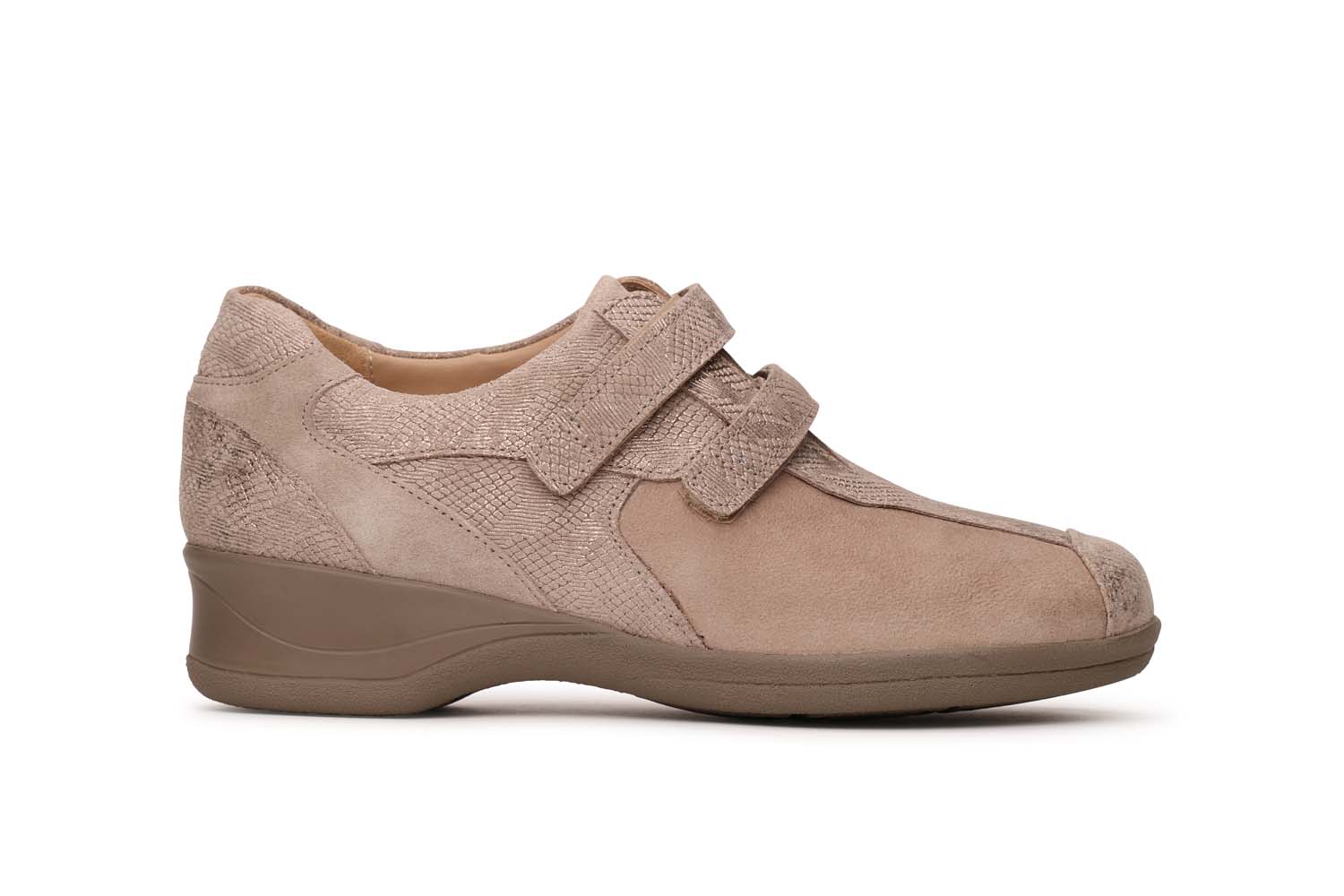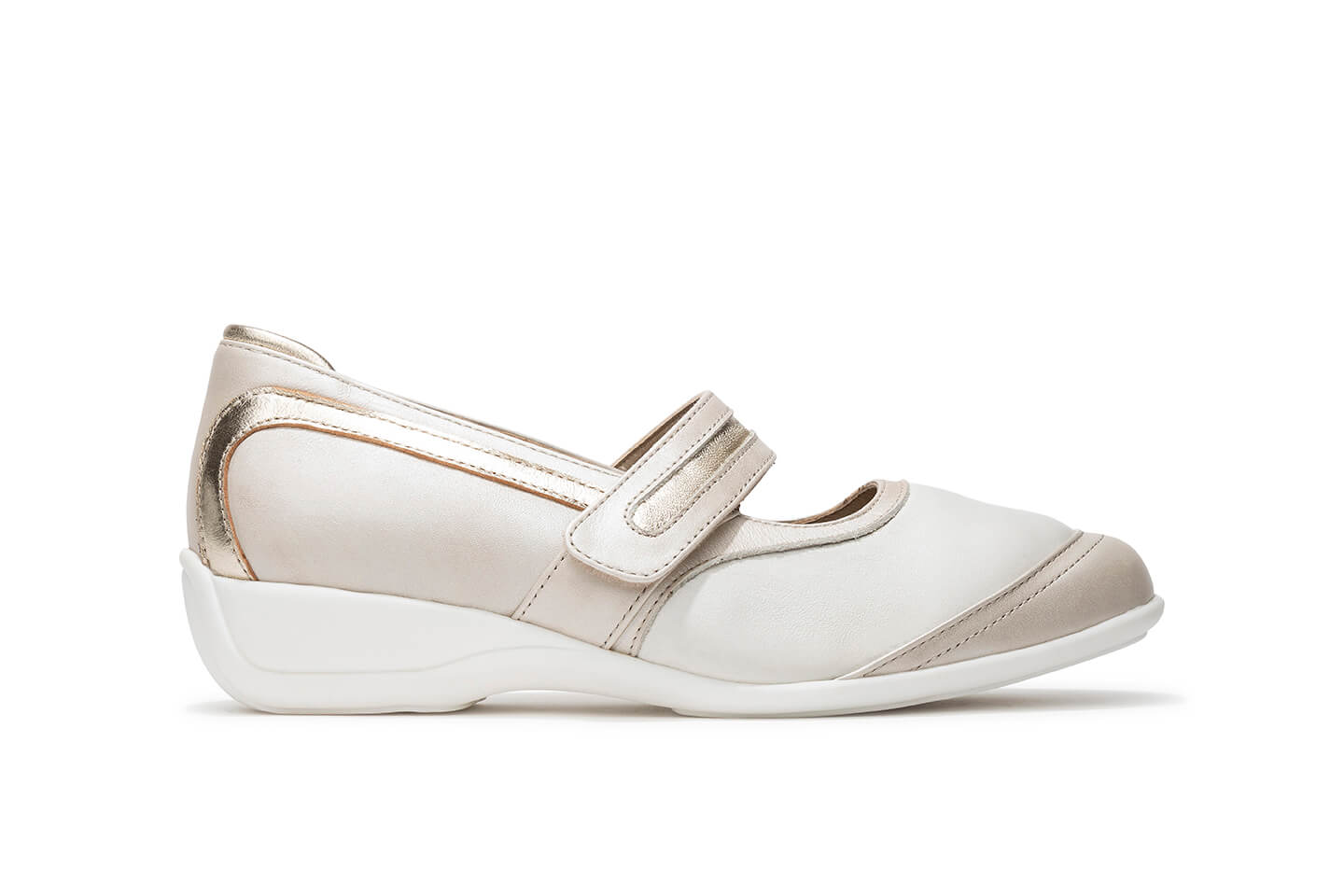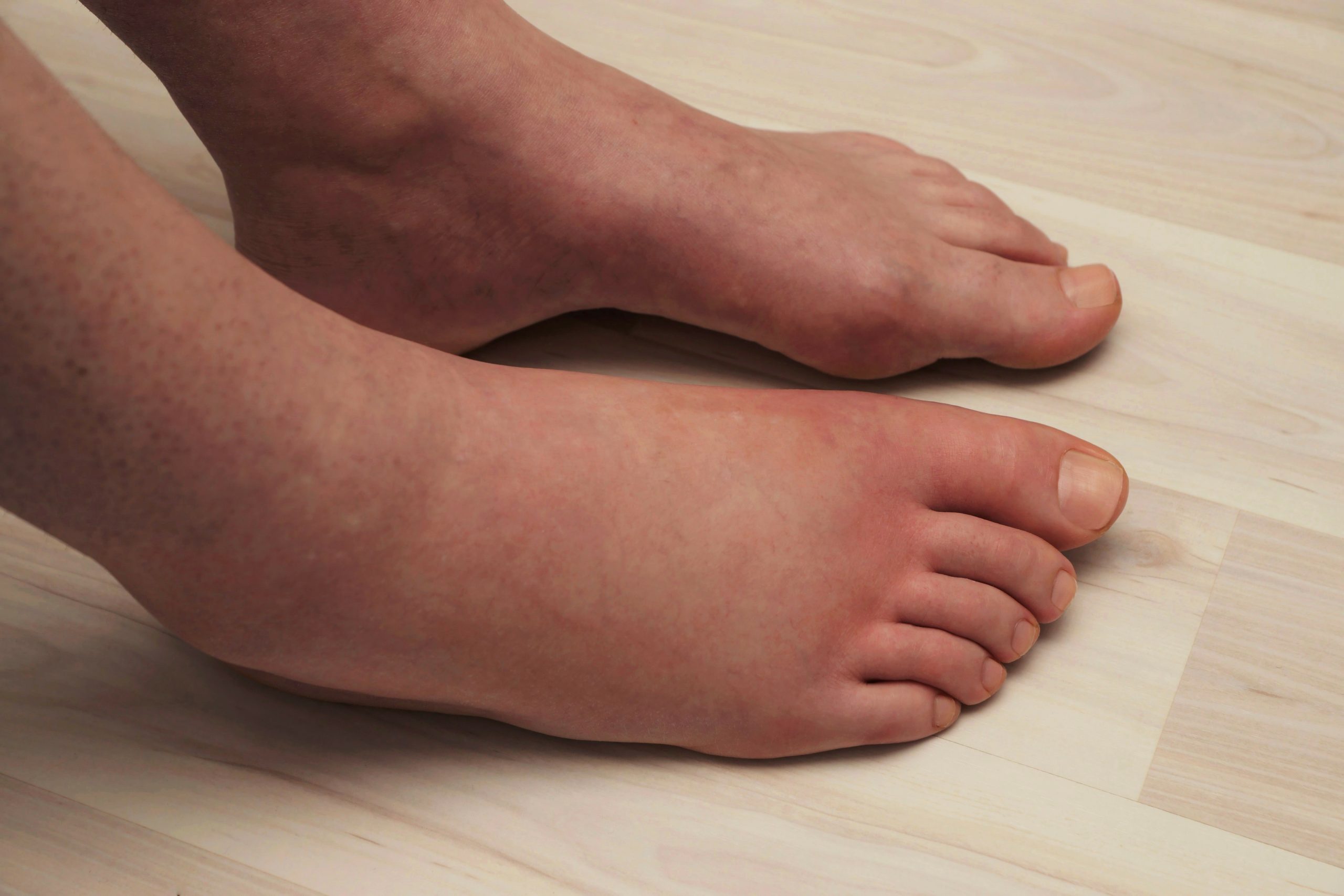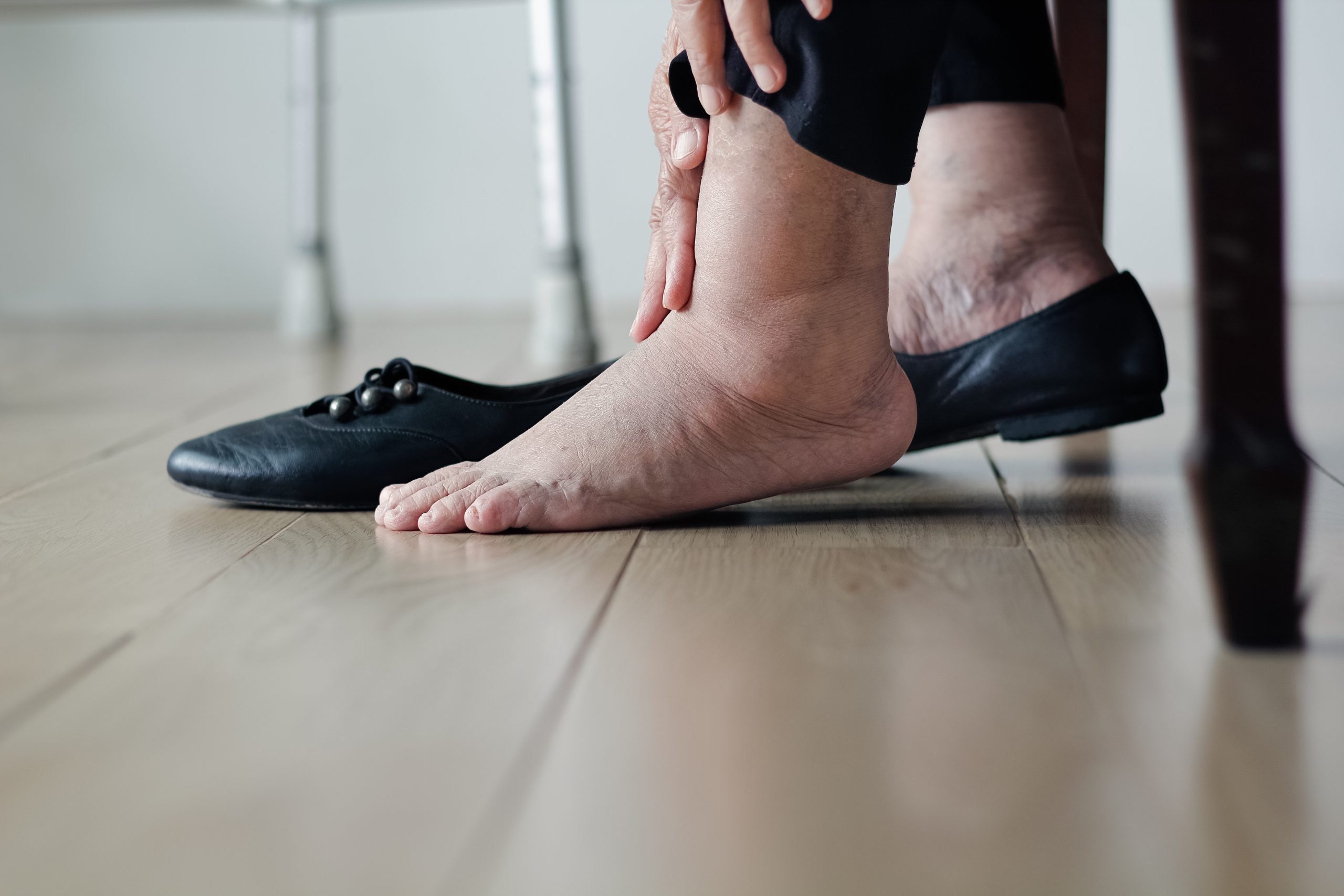Diabetic footwear.
Our latest footwear for diabetes.
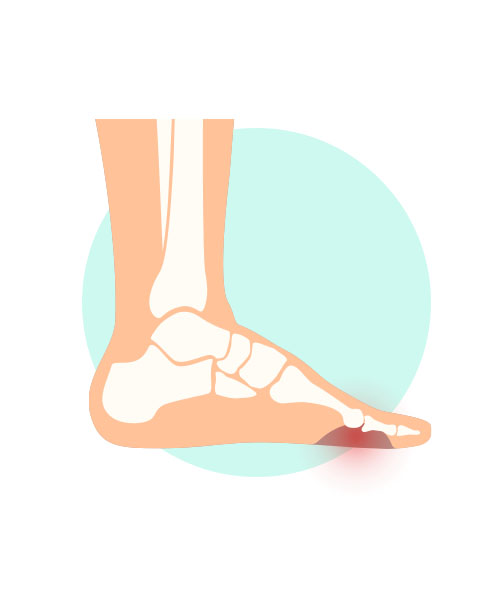
Do you have diabetes and have trouble walking?
An often-overlooked issue associated with diabetes is the damage of nerves – sometimes referred to as neuropathy. Specifically speaking, the longest nerves, which reach all the way down to your legs and feet. Damage to these nerves can prevent important messages getting to and from the brain. All of this is down to high blood glucose levels.
This, in conjunction with damage to your blood vessels means that circulation issues can arise. Once this happens, you are left open to further damage to your feet if gone unnoticed. This is just a brief of the development of diabetes, but the bottom line is that keeping an eye on your lower-limb health is especially important.
In addition to regulating your blood glucose levels, cholesterol, and blood pressure, wearing the correct footwear can benefit you in many ways. However, finding footwear that’s suitable for diabetes isn’t an easy task.
Fortunately, there are options available.
The whole thing about diabetic footwear.
If you’re here, you’re probably facing some kind of issue stemming from diabetes. Chances are, that you’ve also been through the whole process of getting yourself some diabetic footwear. Whatever the case may be, the bottom line is that it’s not so straightforward. While you can get readily-available shoes, there’s a chance that they won’t work for your feet, because like we always say here at ShoeFit.uk – no two pairs of feet are the same!
Other factors must be taken into consideration when finding your fit, such as the use of custom orthotics, if your left-to-right foot measurements are different, and your daily activities to name a few. For these reasons, having access to a shoe-fitter is vital for managing your diabetes.
So, what do you do? Where do you begin? This is where we step in.
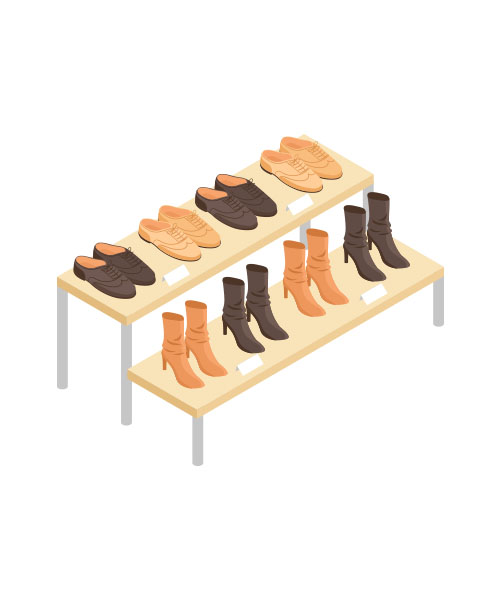
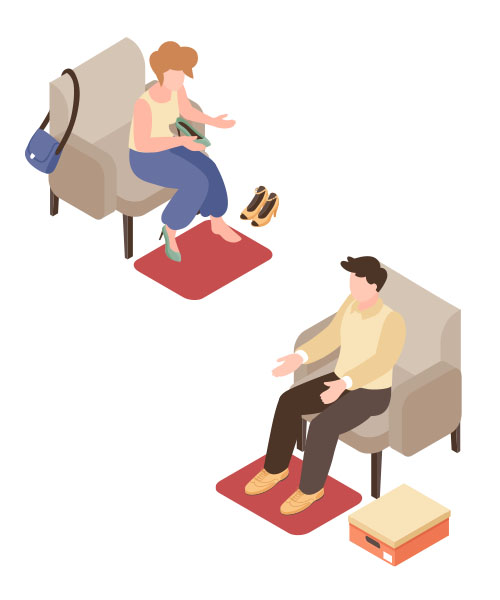
How we can help.
ShoeFit.uk was created in part to help people connect with experienced shoe-fitters. By doing so, those without the means of travelling to a shoe-shop will benefit from the same services. In addition, it educates the public about the importance of correctly fitted footwear, and the impact on your lower-limb health.
Our service is about doing the heavy lifting, so that all you need to do is give us a few details on what you’re looking for, and we’ll give you what you need in the correct size – the first-time round.
Our experience – of over 20 years in a brick-and-mortar shop – is based on having worked with many podiatrists, clinics, and health care professionals (HCPs) around the UK. This, and the countless patients that have been referred to us, as well as those who just happened to find us online. While we aren’t in the health sector, we understand the implications of the relationship between your legs, feet, and diabetes; and as a result, how to help you.
If you’re ready to find a solution for the management of your diabetes, continue reading and take a step in the right direction.
1. See a healthcare professional.
2. Book your free shopping appointment.
3. Carry out regular checks.
- Manage your blood sugar levels, weight, and blood pressure.
- Check your feet for cuts or infections.
- Get your nails trimmed by a HCP.
- Wear appropriate socks that don't constrict your legs or have rough seams.
- Replace your footwear when it no longer fits or has damage.
- Have your feet checked by a podiatrist.
Firstly, any shoes that constrict your legs and feet should be avoided. This is because you want to avoid anything that impacts the blood circulation in those areas, which can pave the way for further issues.
Also, it’s best to not wear anything that doesn’t properly support for your lower-limbs and feet, such as flip-flops and sandals. These styles generally do not have heel support or midfoot stability, and as a result can prevent you from walking correctly.
It’s best practice to wear shoes around the house, since any injuries can lead to further complications.
Generally, the best footwear for diabetes include those that do not have rough seams, are wide enough to accommodate swelling, and those that secure your feet properly.
Specifics will depend on your circumstances, so it’s best to speak to both a healthcare professional and a shoe-fitter for more advice.
You should normally change your footwear every 6 months, even if you don’t have diabetes. However, if the case is that your footwear has become worn or no longer fits, this period can change. For diabetes patients, this is especially important, and any changes you notice should be mentioned to your shoe-fitter.
Wide shoes can be better for diabetics. However, it does not mean that they are a solution for managing your feet and lower limbs. Your condition and circumstances may mean that you need more specific footwear.
Sign up to our newsletter.
"*" indicates required fields


